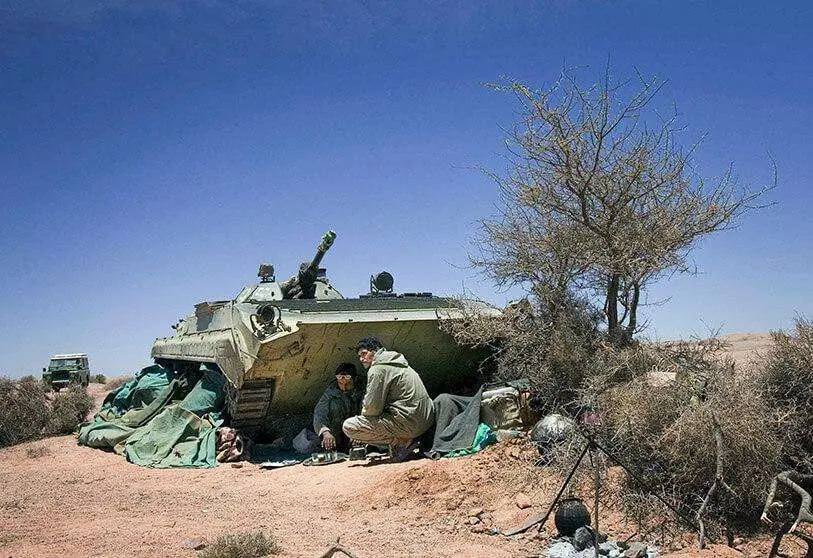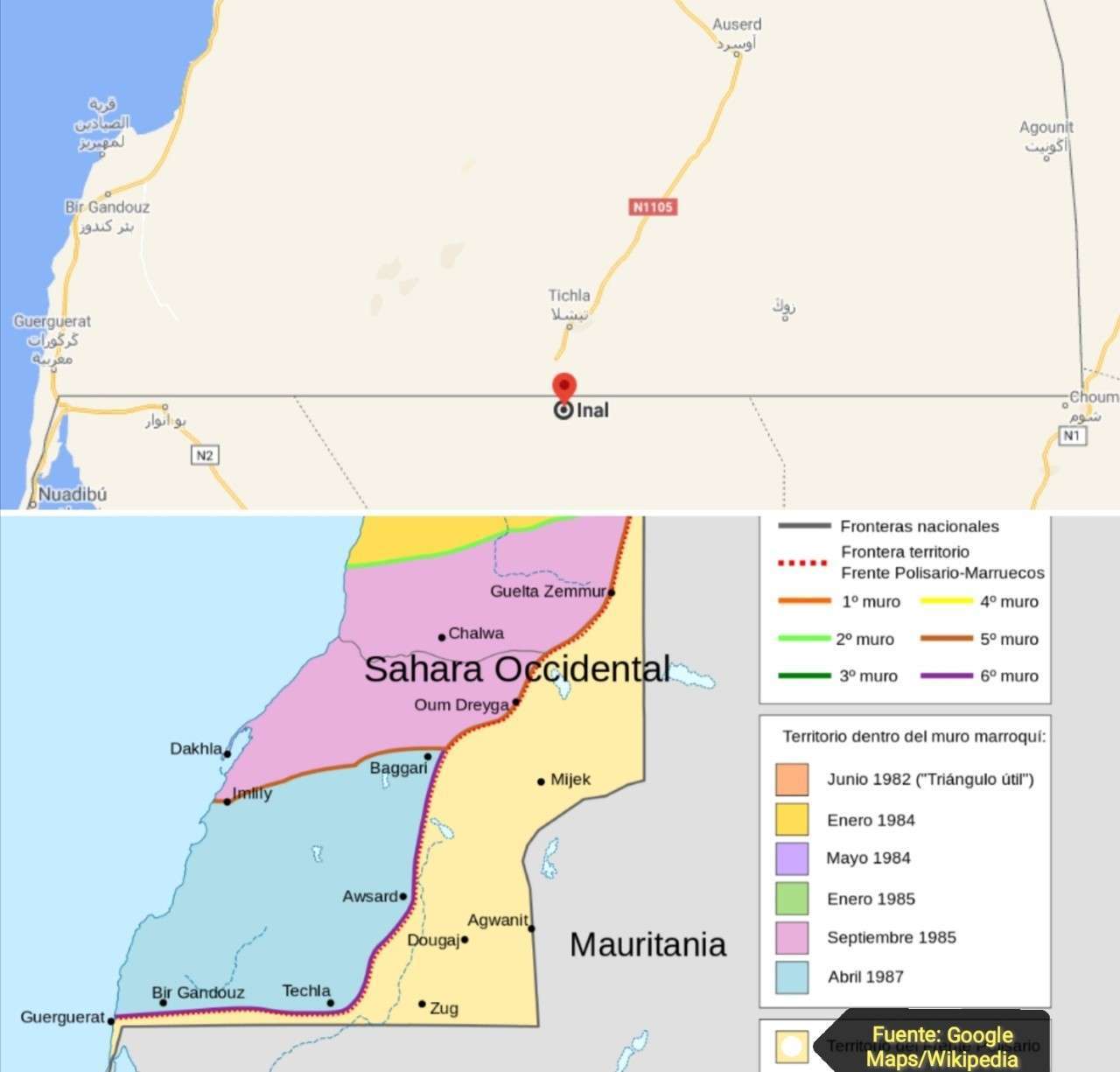The Polisario War: a new chapter

More than two months after the Polisario declared war on Morocco for an alleged violation of the ceasefire, following the well-known events in the border area of Guerguerat, some situations are still surprising because they are so far-fetched and implausible.
As a result, in the preceding days, another episode of this farce was staged when, according to the Polisario communiqué, "the Saharawi army launched four missiles at the illegal crossing of Guerguerat and its surroundings". While in the same communiqué they described the attack as a forceful offensive, in another communiqué, the Moroccan armed forces described the attack on the border crossing as "harassment without incident” and declared that the situation in Guerguerat is calm and "it did not affect the trunk road, traffic was not disrupted." This was undoubtedly another attempt by the Polisario to turn an inconsequential skirmish into something absolutely disproportionate, with the aim of taking this war nonsense to a new stage, with the usual dose of international propaganda.
The reality is that, geographically analysing the area, it is almost impossible to give any kind of credibility to this supposed "offensive", which is reduced to yet another minor skirmish, and there is an explanation for this: The town of Inal (Mauritania) is just over 30 kilometres south of Tichla, which currently has a Moroccan garrison. Inal was also a former French camp on the railway line that runs parallel to the border on the Mauritanian route from the Zouerate Iron Deposits to Nouadhibou, about 200 kilometres east of the Guerguerat Pass.
Between these two locations, there is also the point where the separation wall changes direction and heads west, also running almost parallel to the aforementioned border. The evidence is that, from this point onwards, the space between the wall and the Mauritanian border line is very narrow, so there is hardly any room to move with agility and plan an attack without crossing the Mauritanian border, which would present a much more serious problem because of the obvious implications it would entail.
At some points along this route, the distance between the Moroccan-built wall and the Mauritanian border is so small that the distance is around 500 metres. Therefore, a continued offensive under optimal conditions without unforeseeable consequences for the attackers may be considered far-fetched, if not impossible, bearing in mind that Guerguerat is almost 300 kilometres from Duguey, the last Polisario position.

In short, from a tactical point of view, there is hardly any room to move along a 200-kilometre narrow strip of land and end the journey in an effective and successful attack without the aforementioned risks. An attack without also engaging Mauritania is therefore inconceivable in the present circumstances. This is the reason why we should give little or no credibility to this new campaign of war propaganda that the Polisario has been running for a few days now.
This campaign has another point of support that goes back a few days. During the meeting of the General Secretariat of the Polisario Front on January 11, it was agreed to decree a curfew in the Tindouf camps, which is still in force. Since the creation of the Fórum Canario Saharaui (Saharawi Canary Islands Forum) more than a decade ago, many publications have referred to the question of the free movement of people in the Tindouf camps, vehemently criticising the restrictions on them. Now that there is finally a reason to justify them, which is none other than the pandemic caused by Covid-19, we find that the Polisario closes the camps tightly, and not for this more than understandable reason, but to serve the warlike cause that the Polisario insists on transmitting from the outside. Undoubtedly, the conclusion is that this closure is aimed at supporting the propaganda campaign about the war that the Polisario claims to be waging against Morocco. This is yet another detriment to a population that is alarmed and worried about the humanitarian consequences of exile.
Evidence of the above was seen in a communiqué issued by the SADR Ministry of Information, the Polisario launched "an urgent call on all countries of the world and public and private sectors to refrain from any activity of any kind in the Sahrawi Territory that has become an open war zone".
Finally, this situation is complemented by the military manoeuvres carried out by Algeria on the border with Morocco, under the pretext of testing the readiness of its units stationed south of Tindouf, as well as various weapons equipment. This, together with the above, has further heightened the belligerent ambitions of the components of the Polisario Front. While awaiting further developments by the parties involved and the various international actors who are in some way involved in this dispute, it remains to be seen whether the United Nations and its Secretary General will take any firm steps to reduce tension in the area. Beyond empty words and pusillanimous inaction towards the belligerent side.
The only reality is that, as of today, the situation is absolutely normal at the Guerguerat crossing, which links the Mauritanian border with the Moroccan customs office, according to Mauritanian sources present in the area, who told EFE news agency. "Road traffic continues with practically the same frequency as before the bombings", Mauritanian customs indicated.
Little more can be added. In this umpteenth episode of virtual warfare, over two months of alleged bombings have gone by with no videos, no victims and no credibility whatsoever, as part of this deplorable propaganda strategy that lacks veracity to which the Polisario has given itself over. Only noise and fireworks, as always, in related media, its social networks, and its militant acolytes. In the latter, Spain, as usual, occupies a pre-eminent place.
